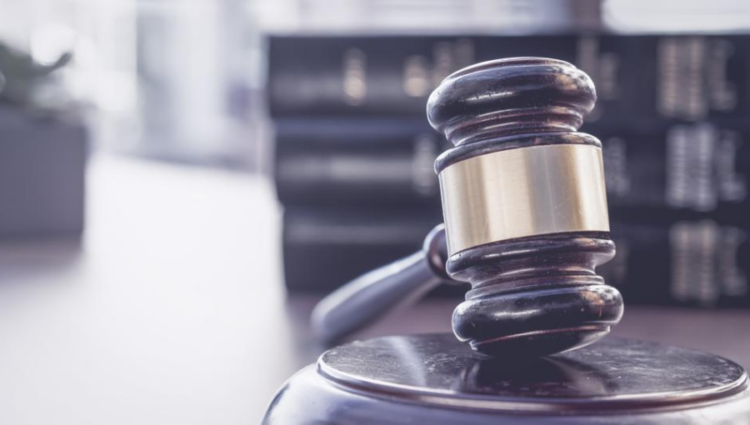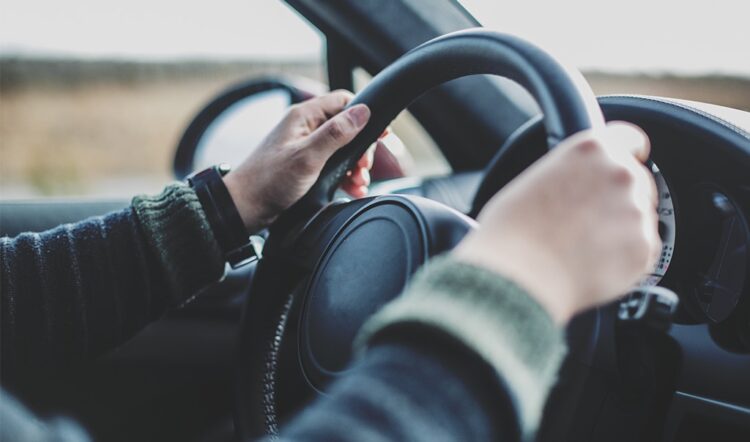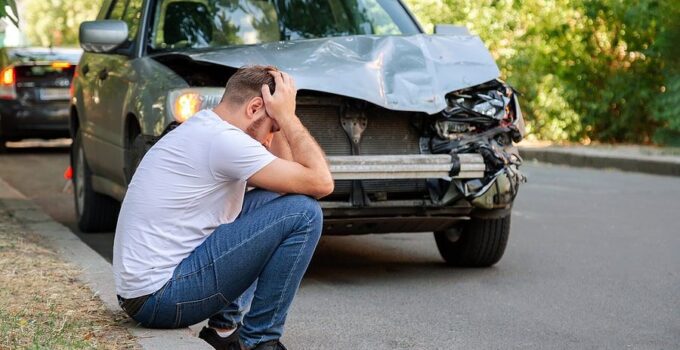When an accident happens, determining who is at fault and who is responsible for the damages can be a complex process. In personal injury law, fault is examined to determine liability in car accidents. This includes understanding contributory and comparative negligence. This article explains fault in personal injury law and how liability is determined after a car accident. It also discusses contributory negligence and provides tips to protect individuals from liability.
Page Contents
The Concept of Fault in Personal Injury Law

Source: forbes.com
Personal injury law is concerned with determining who is responsible when an individual is injured due to the negligence of another person. In legal terms, fault means the party responsible for causing the injury and paying for the damages. Fault can be determined in various ways, but typically involves establishing who was acting negligently or recklessly at the time of the incident. Depending on the circumstances, multiple parties may be considered responsible, but the ultimate determination of fault usually relies on the evidence provided.
Determining Liability in a Car Accident
Figuring out who is responsible for a car accident can be difficult. Liability is determined by looking at who was at fault for the accident. When it comes to liability for car accidents, the law holds that the party who is most at fault will be held responsible. The fault is usually determined by looking at the behavior of each driver at the time of the accident. If a driver was negligent or careless at the time of the accident, they may be found to be at fault. In some cases, both drivers may be found to be at fault, and the amount of fault each driver holds will be apportioned accordingly.
What is Contributory Negligence?

Source: forbes.com
When it comes to fault in a personal injury case, contributory negligence is one of the most important concepts to understand. In essence, contributory negligence is when the victim of an injury is found to be partly at fault for the injury. If someone’s carelessness played a part in their injury, they could be responsible for some of it. If someone slips and falls on food that was spilled in a grocery store, but they weren’t paying attention to the floor, they might be partly at fault. This is called contributory negligence. This means that the store may not be held entirely liable, and the victim may be held partially responsible.
When Does Comparative Negligence Apply?
When determining liability in a personal injury case, comparative negligence may be considered. This means that the degree of fault is assigned to each party involved in the incident. In a car accident case, the court may determine that both parties are at fault and apportion a percentage of blame to each person. In order for the injured party to claim compensation, they must not be more than 50% to blame for the accident. If the injured party is found to be more than 50% liable for the accident, they may not be able to seek damages from the other party.
Comparative negligence can also be used in cases of product liability or medical malpractice. In these cases, the court will assign a percentage of fault to all parties involved in the incident. The injured party may still be able to seek compensation, even if they are found to be slightly more at fault than the other party.
How to Protect Yourself from Liability

Source: travelers.com
To protect yourself from liability in a car accident, obey the law and drive safely. This means paying attention to your speed, being aware of your surroundings, and making sure you obey all traffic laws. Additionally, you can take other steps like having an up-to-date insurance policy, being aware of weather conditions, and driving defensively.
Understanding personal injury law and fault can help you avoid being held responsible in case of an accident. This means knowing when liability is determined, what contributory negligence means, and when comparative negligence laws may be a factor. To reduce your liability in case of a car accident, it is important to educate yourself on safe driving practices and to always drive responsibly. By taking these steps, the chances of being held responsible for any damages or injuries caused by an accident will be significantly reduced.
Conclusion
If you get into a car accident, it’s important to know about personal injury law, fault, and liability. This knowledge will help you protect yourself from being held responsible for the accident. Contributory negligence and comparative negligence are important concepts to be aware of in the event of an accident. Knowing who is responsible for an accident and how to prevent it can help you protect yourself from any liability. Even though accidents happen, it’s always good to be aware of your rights and responsibilities.




